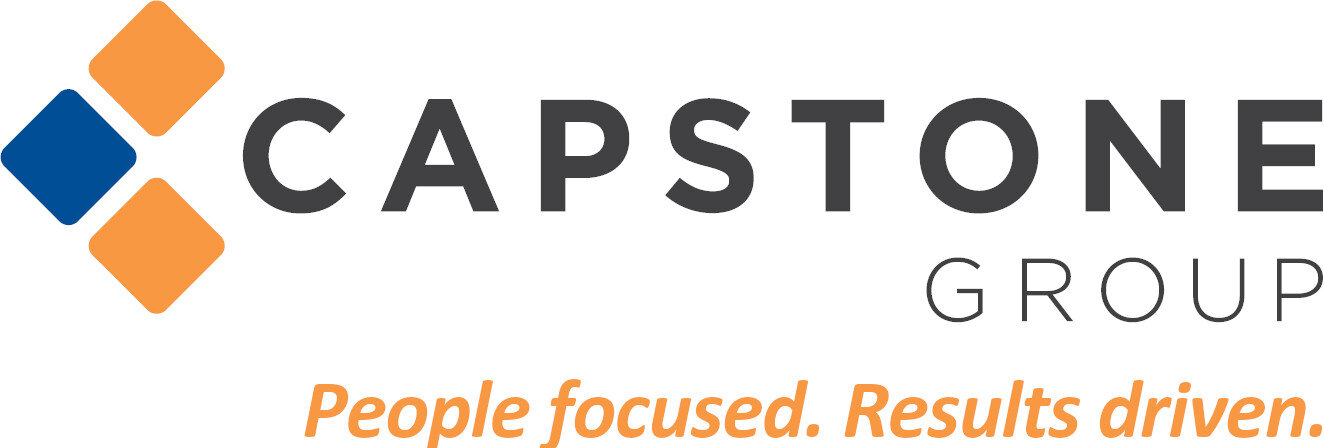The COVID-19 pandemic has brought the discussion of “presumption laws” to the forefront, as states examine whether workers’ compensation should cover workers if they contract COVID-19 on the job.
What is a “presumption law”?
A presumption law describes the conditions where an employee injury is presumed to have happened on the job and should be compensable under workers compensation coverage. The burden of proof for most work-related injuries typically rests on the injured worker. However, under presumption laws, the burden falls on the employer.
What is changing due to COVID-19?
A key exclusion for nearly all presumption laws in the past is that they have not covered infectious diseases, since proving that a person was infected on the job is typically very difficult. With so many frontline healthcare and other essential workers infected with COVID-19, many states are moving to add the infectious disease to their list of presumptions, especially for certain occupations.
State Updates: (As of 10/10/20)
California (CA) - Recently passed legislation establishes a rebuttable presumption that all employees who are diagnosed with COVID-19 acquired the illness at work. Updated guidance now requires CA employers to report all COVID-19 employee incidents to their workers’ compensation carrier, regardless of occupation. Employers who fail to report “may be subject to civil penalties of up to $10,000.”
Updated FAQ: Workers’ Compensation Presumption (SB 1159) Frequently Asked Questions
New Jersey (NJ) - Recently passed legislation dramatically expands access to workers’ compensation benefits for “essential workers” infected with COVID-19. Retroactive to March 9, 2020, COVID-19-positive workers in New Jersey who qualify as “essential employees” are now entitled to a rebuttable presumption that the employee’s infection is causally related to the employee’s employment, so long as the infected individuals worked somewhere other than their own residence at the time of infection.
Other states with updated WC guidance addressing COVID-19 :
Alaska, Arkansas, California, Connecticut, Florida, Illinois, Kentucky, Minnesota, Missouri, New Hampshire, New Jersey, New Mexico, North Dakota, Utah, Vermont, Wisconsin
States with legislation still pending:
Massachusetts, Michigan, New York, North Carolina, Ohio, Pennsylvania, Rhode Island, South Carolina, Virginia
If you have any questions regarding your obligations under these updated or proposed guidelines, please contact us:
Business Insurance: commercial@capstoneinsgroup.com
General: info@capstoneinsgroup.com
Home Office: 215-542-8030


